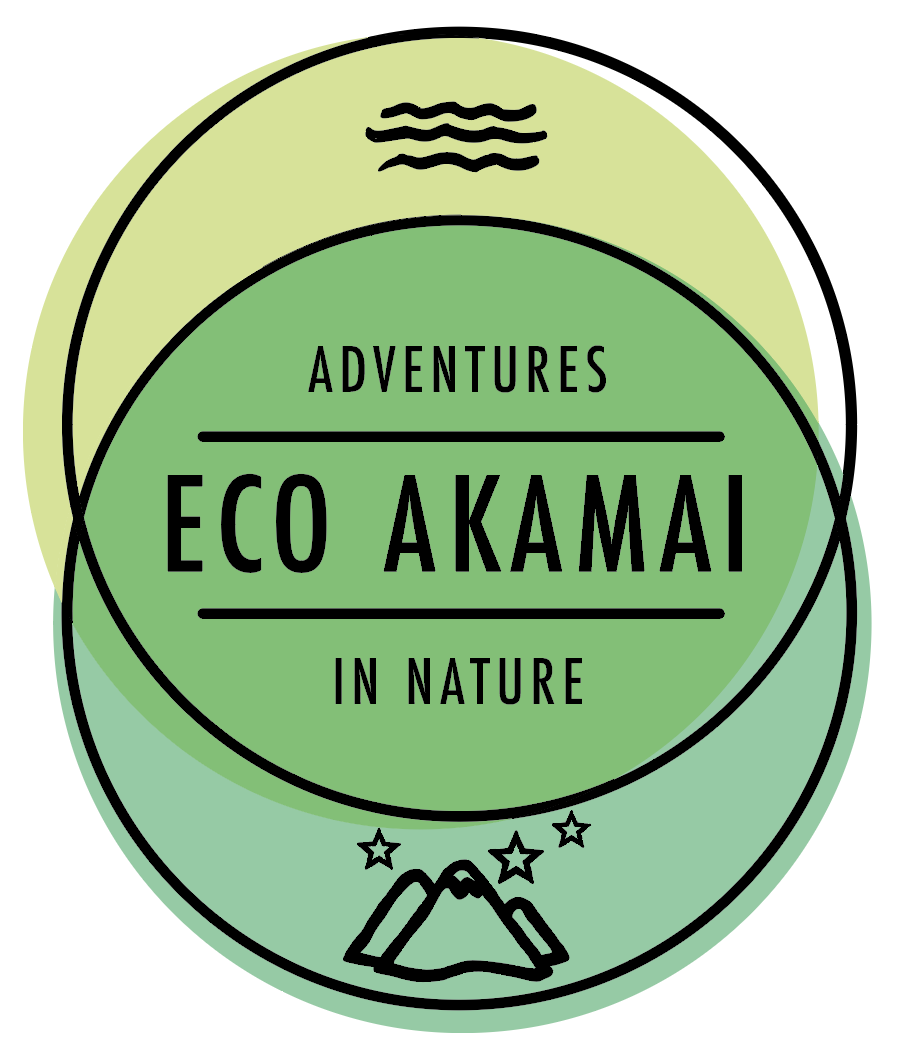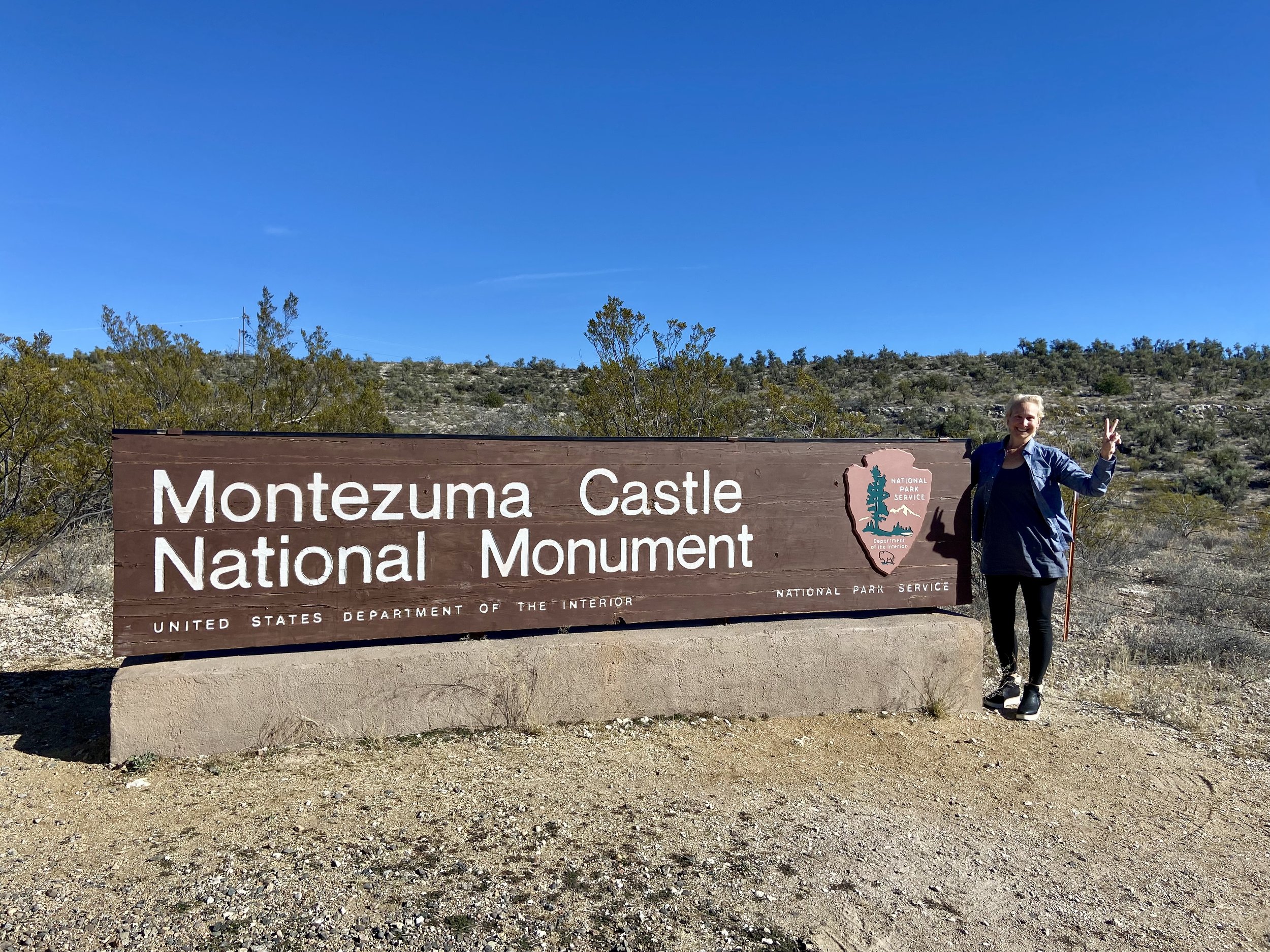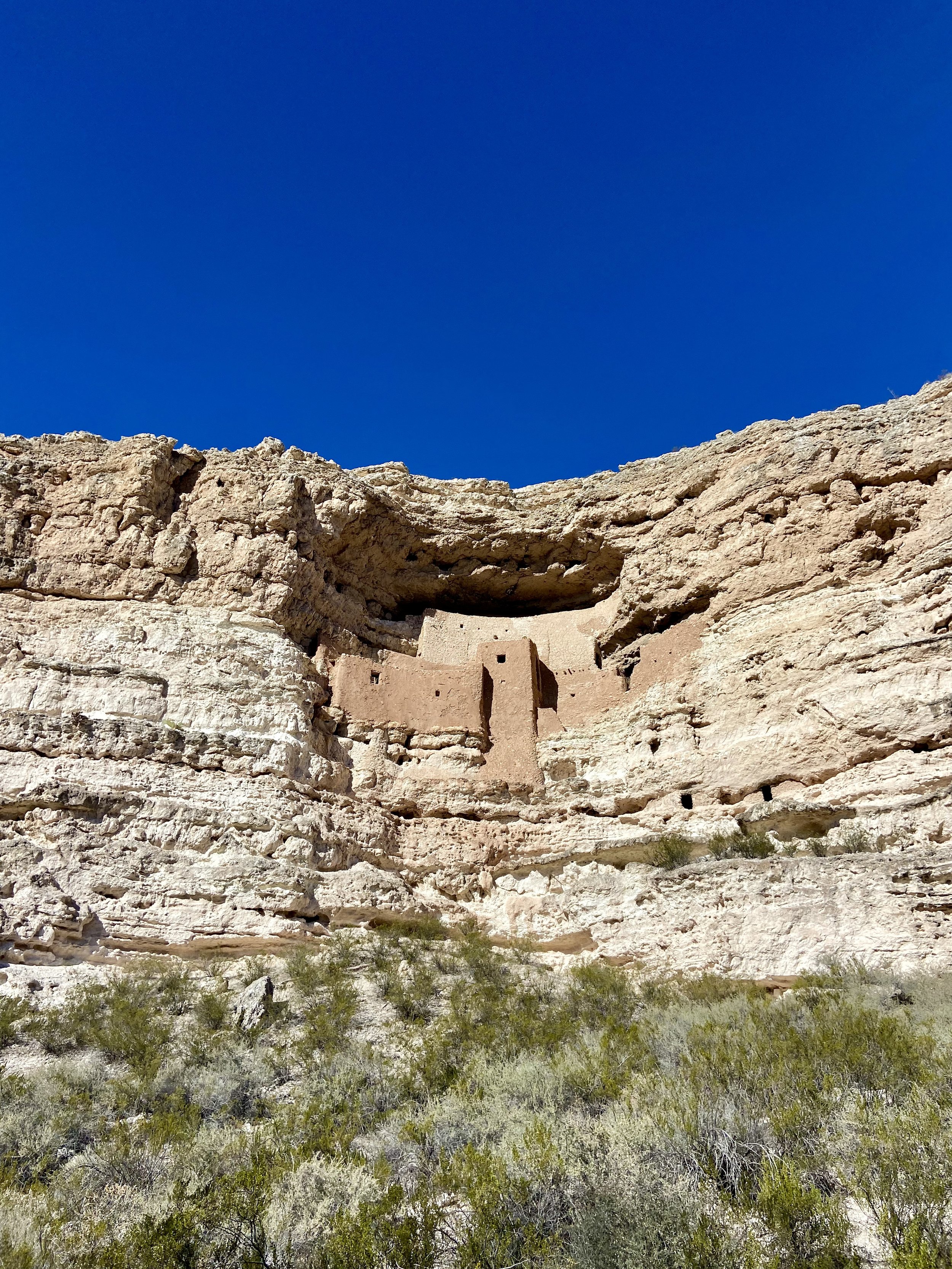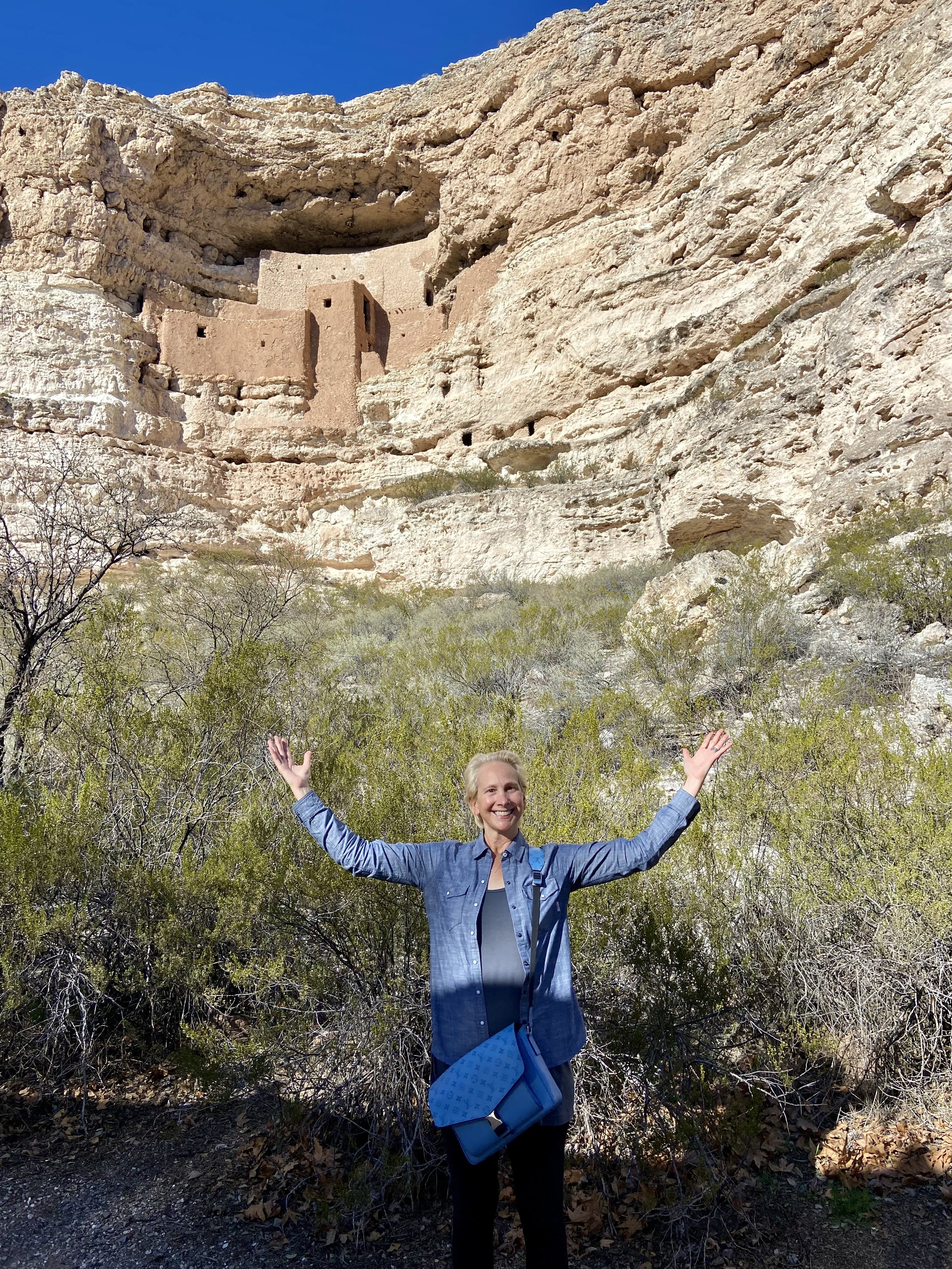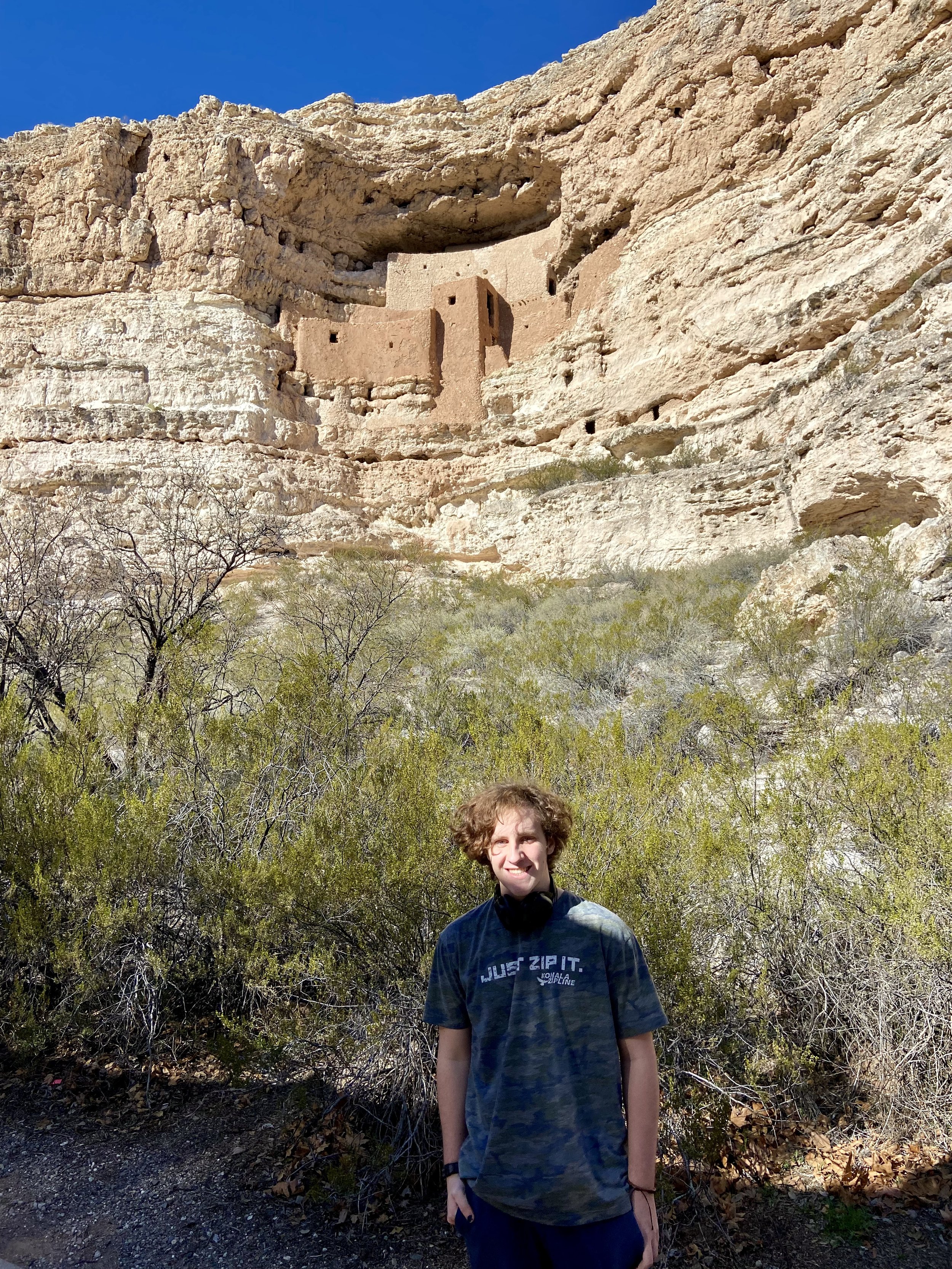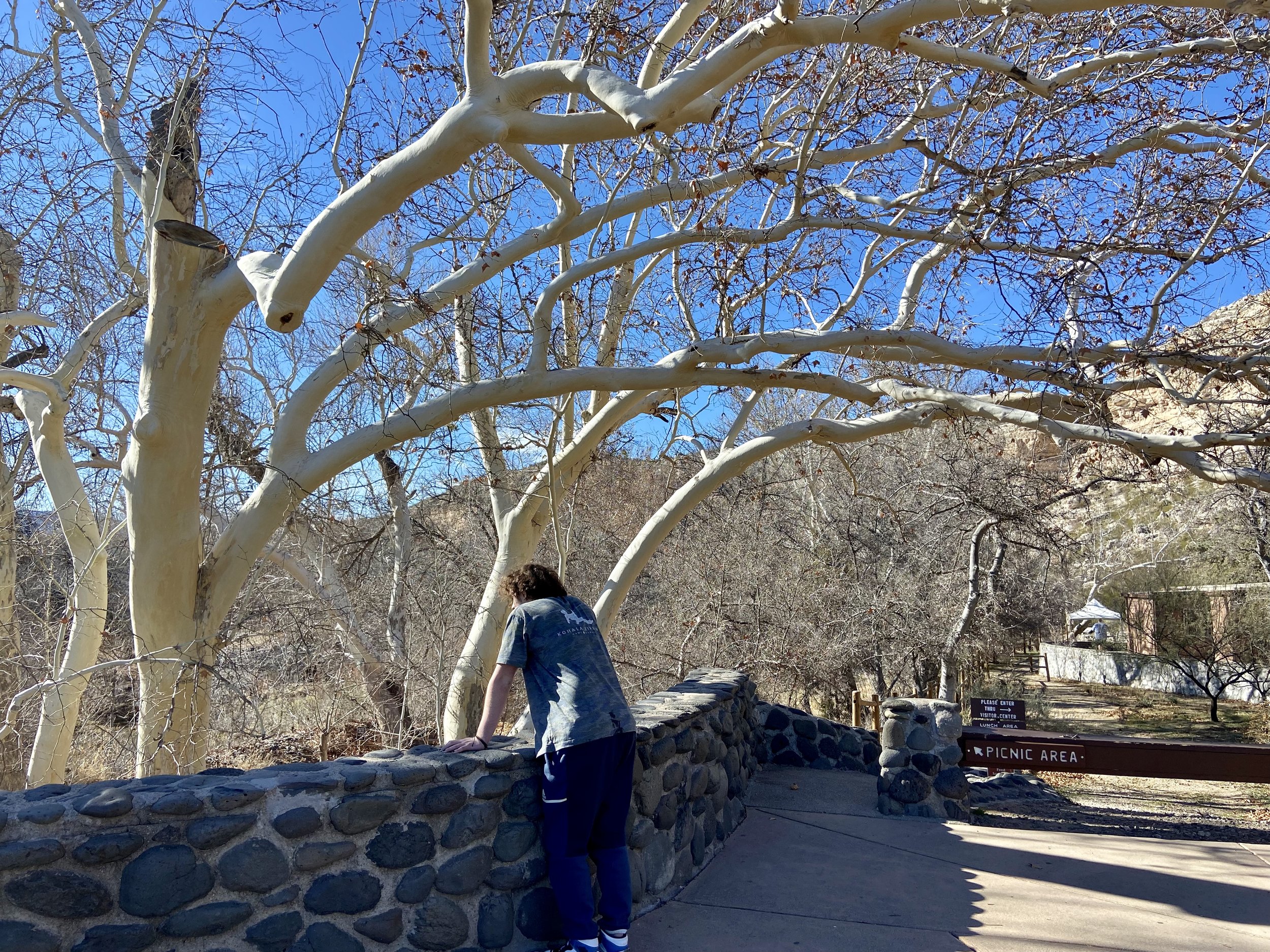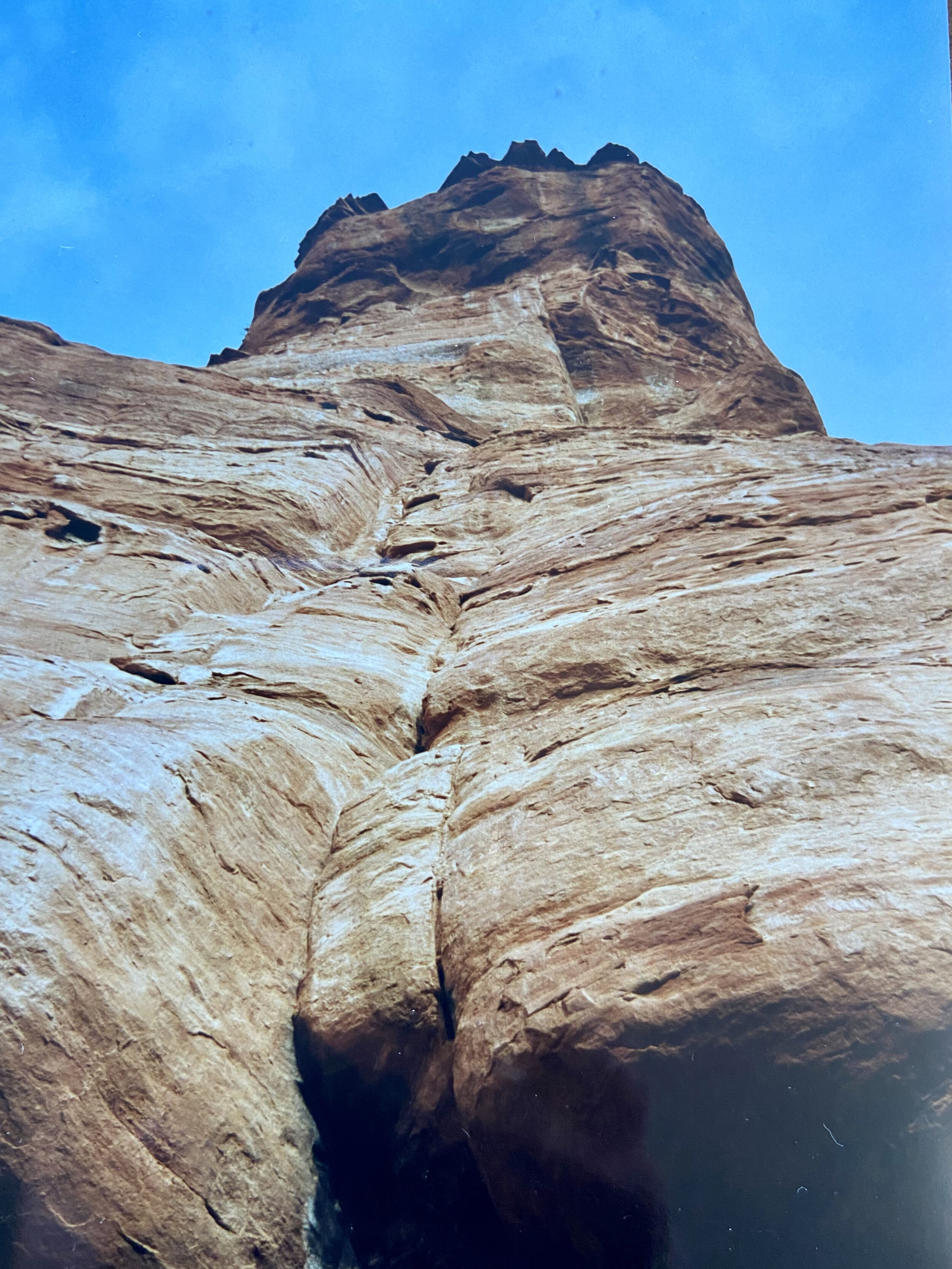Montezuma Castle National Monument
As part of Ryder’s Arizona college tour, I planned on visiting some parks. The first on the list was to visit Montezuma Castle again and get my official stamp. The January weather was perfect for touring Northern Arizona. The air was crisp and the sun was out, making for optimal viewing of the majestic castle.
“The Arizona Sycamore, also known as Buttonwood, is one of the largest native trees in Arizona today! They are found along creeks and waterways where it has constant access to water usually between 1,000 and 5,000 feet elevation. No one knows how long the Sycamore lives because it does not form annual rings like most other trees. Instead it develops inter-annual rings based on how much water it receives. The large trunks and branches are covered by a thin white bark which is the most noticeable feature. Pieces of bark flake and peel away as the tree grows because the bark is not flexible and ends up splitting apart like a puzzle and falling off. This effect leaves behind a mosaic of pale green, white, and grey patches that look like camouflage. It can also be identified by a giant umbrella of spreading branches creating a broad, open crown with star-shaped leaves. Unseen are the sycamores' roots, which help to slow down soil erosion. The branches and hollows of Arizona Sycamores create a vital nesting area for many species of small mammals and birds.” Source: NPS
In my early twenties, after an ice storm almost halted my plans to travel south, I traveled to Arizona and feasted my eyes on Montezuma Castle and hiked around magical Sedona.
And then we went to Sedona and toured around the red rocks!
